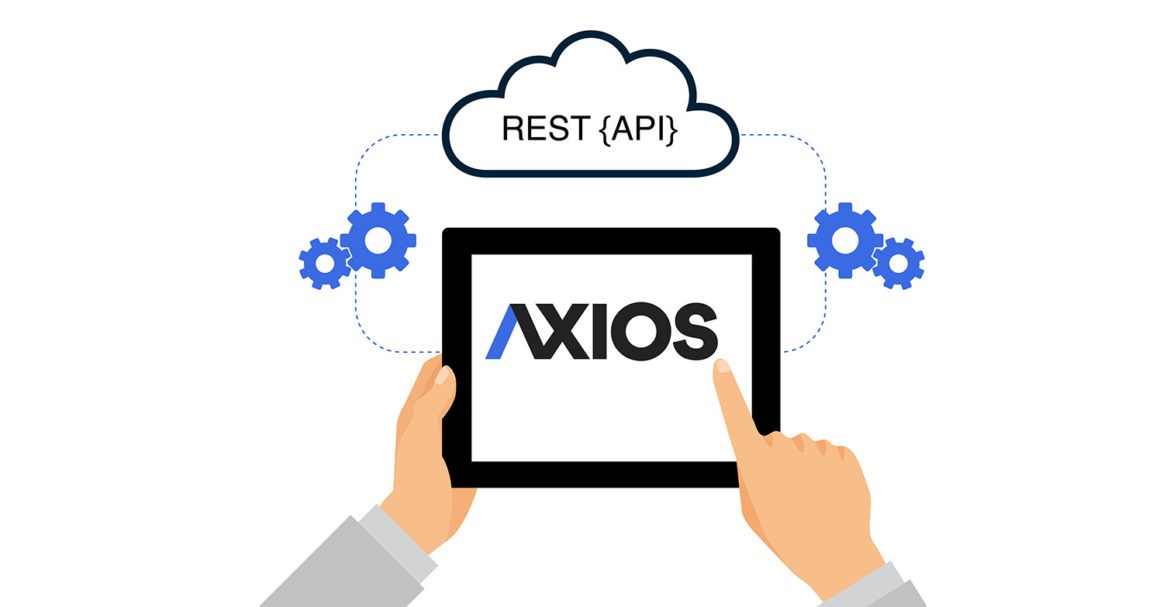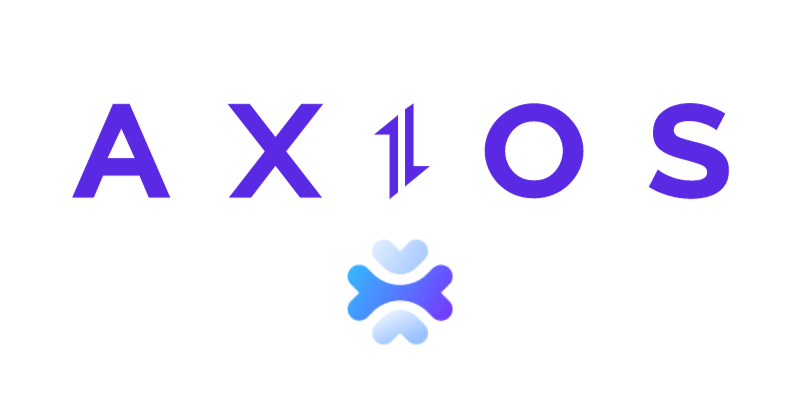Are you tired of dealing with the complexities of making HTTP requests in your JavaScript applications? Look no further than Axios, a popular NPM package that has revolutionized the way developers interact with APIs. In this article, we'll delve into the world of Axios, exploring its features, benefits, and use cases, as well as providing a step-by-step guide on how to get started with this powerful library.
What is Axios?
Axios is a lightweight, promise-based HTTP client library that allows you to make HTTP requests from your JavaScript applications. It provides a simple and intuitive API for sending HTTP requests and interacting with web servers. With Axios, you can easily send HTTP requests using a simple and concise syntax, making it a popular choice among developers.
Key Features of Axios
So, what makes Axios so special? Here are some of its key features:
Promise-based: Axios uses promises to handle HTTP requests, making it easy to write asynchronous code that is easy to read and maintain.
Simple syntax: Axios provides a simple and intuitive API for sending HTTP requests, making it easy to get started.
Support for JSON data: Axios automatically converts JSON data to JavaScript objects, making it easy to work with JSON APIs.
Cancel requests: Axios provides a way to cancel ongoing requests, which is useful for handling errors and edge cases.
Interceptors: Axios provides a way to intercept and modify requests and responses, making it easy to add custom logic to your HTTP requests.
Benefits of Using Axios
So, why should you use Axios in your JavaScript applications? Here are some benefits of using this popular NPM package:
Simplified code: Axios simplifies the process of making HTTP requests, making your code easier to read and maintain.
Improved error handling: Axios provides a robust error handling system, making it easy to handle errors and edge cases.
Flexibility: Axios provides a flexible way to interact with APIs, making it easy to adapt to changing API requirements.
Getting Started with Axios
Getting started with Axios is easy. Here's a step-by-step guide to help you get started:
1.
Install Axios: Run the command `npm install axios` or `yarn add axios` to install Axios in your project.
2.
Import Axios: Import Axios in your JavaScript file using the command `import axios from 'axios';`.
3.
Make a request: Use the `axios.get()`, `axios.post()`, `axios.put()`, or `axios.delete()` methods to make an HTTP request.
Example:
```javascript
import axios from 'axios';
axios.get('https://api.example.com/data')
.then(response => {
console.log(response.data);
})
.catch(error => {
console.error(error);
});
```
Axios is a powerful and flexible HTTP client library that makes it easy to interact with APIs from your JavaScript applications. With its simple syntax, promise-based architecture, and robust error handling system, Axios is a popular choice among developers. Whether you're building a web application, mobile application, or server-side application, Axios is a must-have tool in your development toolkit. So, what are you waiting for? Install Axios today and start building robust and scalable applications with ease!
Note: This article is written in a way that is friendly to search engines, with relevant keywords, meta descriptions, and header tags to improve its visibility in search results.









